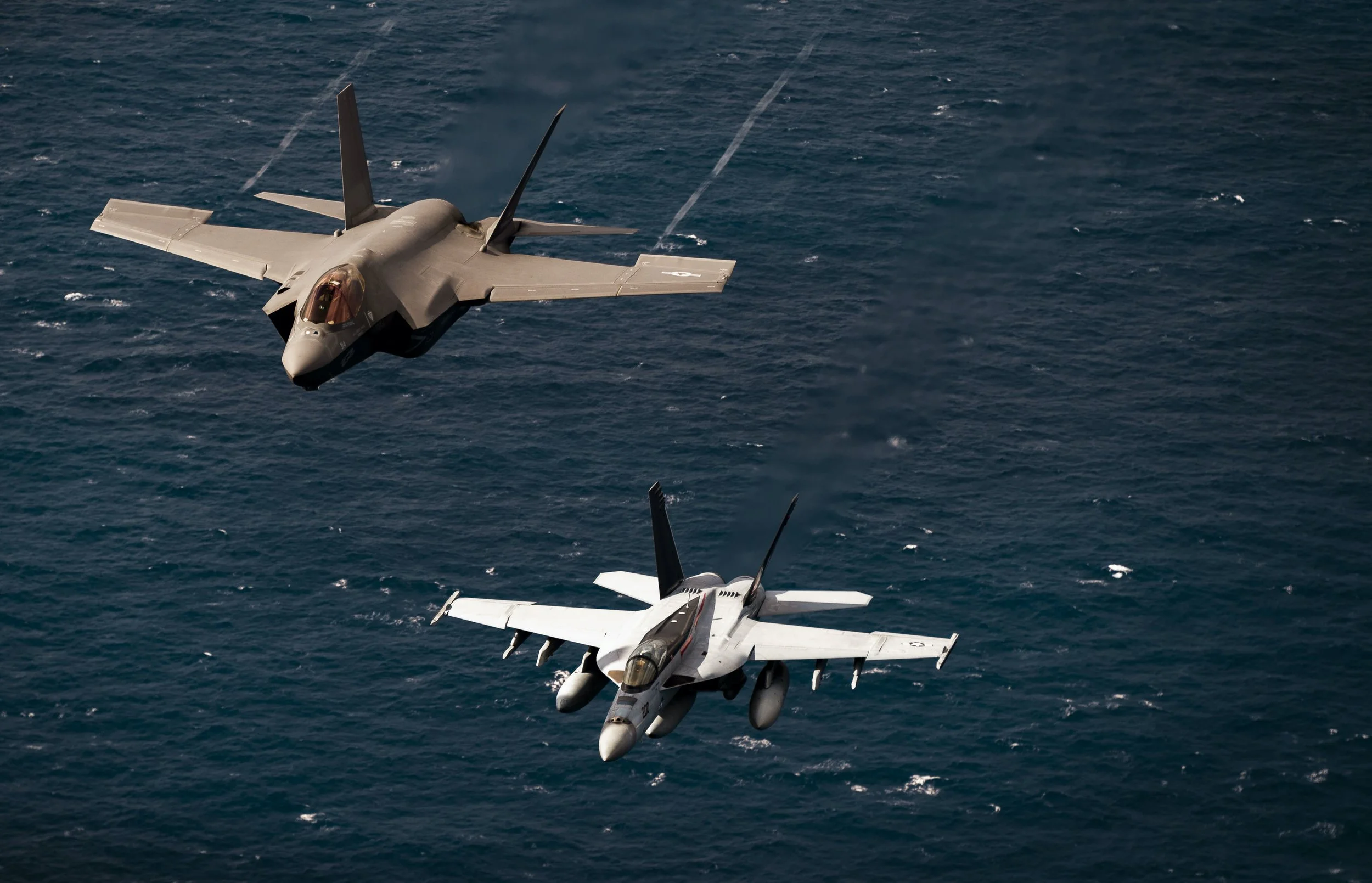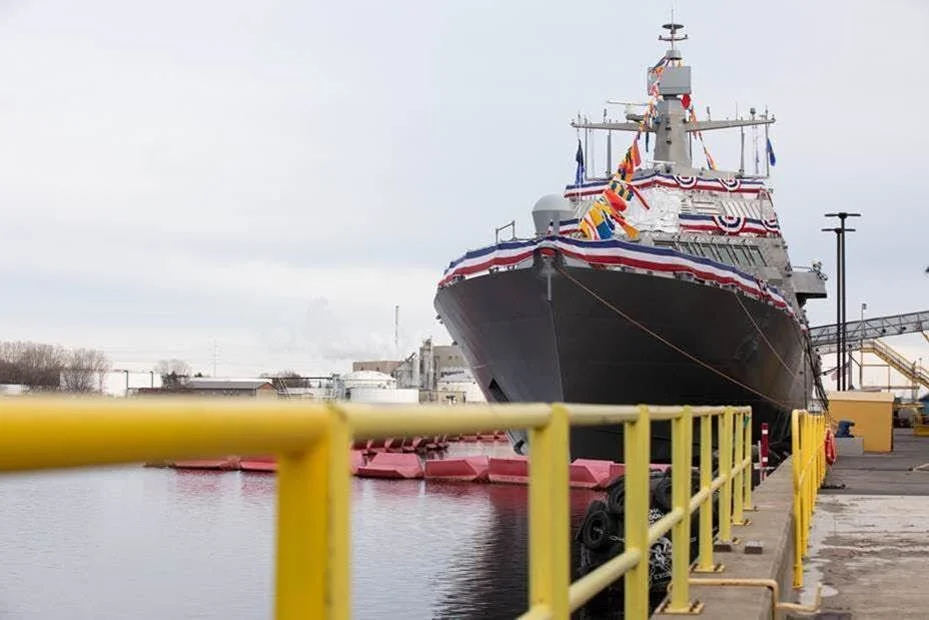By: Sam LaGrone
March 9, 2022 7:59 PM • Updated: March 10, 2022 8:15 AM
USS Fort Worth (LCS-3) pier-side at Naval Station San Diego, Calif., on Feb. 15, 2022. USNI News Photo
House appropriators signed out an early morning, all-in-one federal funding bill that pluses up the overall budget Pentagon budget and the Navy shipbuilding account over the initial fiscal year 2022 request.
The omnibus appropriations bill, four months past the start of Fiscal Year 2022, sets a Department of Defense topline at $728.5 billion over the Biden administrations FY 2022 initial $715 billion request from May. The budget includes a $26.6 billion for shipbuilding, up from the initial request of $22.6 billion, for 13 warships to includes:
$4.23 billion for two Virginia-class nuclear attack submarines
$3.67 billion for two Arleigh Burke guided-missile destroyers
$1.46 billion for two John Lewis-class fleet oilers (TAO-205)
$1.1 billion for one Constellation-class frigate (FFG-62)
$590 million for two Expeditionary Fast Transports with one configured as a medical ship (EPF)
$434M for one T-AGOS(X) ocean surveillance ship
$577 for one Expeditionary Sea Base (ESB)
$183M for two Navajo-class towing ships (T-ATS)
In addition to the new construction the shipbuilding and conversion account also includes $4.7 billion for the Columbia-class program for construction and advanced procurement, $2.2 billion for the next two Ford-class carriers Enterprise (CVN-80) and Doris Miller (CVN-81), $2.4 for a Nimitz-class carrier refueling and complex overhaul, $391 million for three Ship to Shore Connector hovercraft and $310 million for Flight II San Antonio-class amphibious warships.
The bill also defunds Navy efforts to decommission three Freedom-class Littoral Combat Ships USS Fort Worth (LCS-3), USS Detroit (LCS-7) and USS Little Rock (LCS-9). The bill includes $264 million in added funds for the Navy’s Shipyard Infrastructure Optimization Program (SIOP) – the service’s overhaul of its public shipyards.
In aviation, the bill includes funds for:
$8.5 billion for 85 F-35 Lightning II Joint Strike Fighters for the Air Force, Marines and the Navy
$1.5 billion for 11 CH-53K Heavy Lift helicopters for the Marine Corps
$1.1 billion for V-22 tilt-rotors
$977 million for 12 F/A-18E/F Super Hornets
An F-35C Lightning II, assigned to the ‘Black Knights’ of Marine Fighter Attack Squadron (VMFA) 314, and an F/A-18E Super Hornet, assigned to the ‘Tophatters’ of Strike Fighter Squadron (VFA) 14, fly over the Philippine Sea on Jan. 22, 2022. US NAvy Photo
The addition of the Super Hornets goes against the Navy’s plan for its carrier air wing to start adding more F-35C JSFs and start work on developing a sixth-generation fighter as part of the Next Generation Air Dominance Program.
The overdue bill from House appropriators is expected to be voted on by the full House on Wednesday and later this week in the Senate. The government is running under a Continuing Resolution that expires on March 11.












